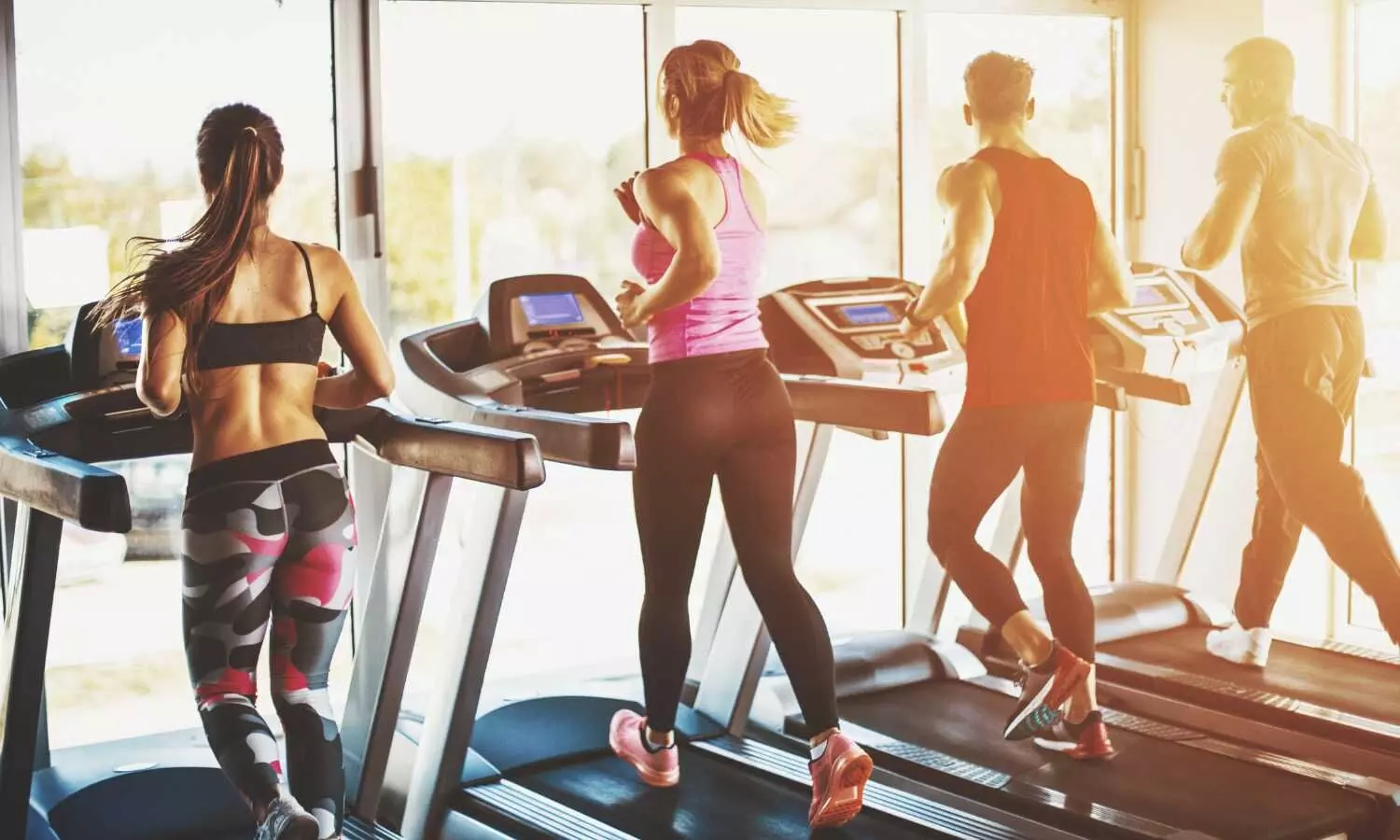- Home
- Medical news & Guidelines
- Anesthesiology
- Cardiology and CTVS
- Critical Care
- Dentistry
- Dermatology
- Diabetes and Endocrinology
- ENT
- Gastroenterology
- Medicine
- Nephrology
- Neurology
- Obstretics-Gynaecology
- Oncology
- Ophthalmology
- Orthopaedics
- Pediatrics-Neonatology
- Psychiatry
- Pulmonology
- Radiology
- Surgery
- Urology
- Laboratory Medicine
- Diet
- Nursing
- Paramedical
- Physiotherapy
- Health news
- Fact Check
- Bone Health Fact Check
- Brain Health Fact Check
- Cancer Related Fact Check
- Child Care Fact Check
- Dental and oral health fact check
- Diabetes and metabolic health fact check
- Diet and Nutrition Fact Check
- Eye and ENT Care Fact Check
- Fitness fact check
- Gut health fact check
- Heart health fact check
- Kidney health fact check
- Medical education fact check
- Men's health fact check
- Respiratory fact check
- Skin and hair care fact check
- Vaccine and Immunization fact check
- Women's health fact check
- AYUSH
- State News
- Andaman and Nicobar Islands
- Andhra Pradesh
- Arunachal Pradesh
- Assam
- Bihar
- Chandigarh
- Chattisgarh
- Dadra and Nagar Haveli
- Daman and Diu
- Delhi
- Goa
- Gujarat
- Haryana
- Himachal Pradesh
- Jammu & Kashmir
- Jharkhand
- Karnataka
- Kerala
- Ladakh
- Lakshadweep
- Madhya Pradesh
- Maharashtra
- Manipur
- Meghalaya
- Mizoram
- Nagaland
- Odisha
- Puducherry
- Punjab
- Rajasthan
- Sikkim
- Tamil Nadu
- Telangana
- Tripura
- Uttar Pradesh
- Uttrakhand
- West Bengal
- Medical Education
- Industry
Physical activity inversely related to URTI among preschoolers

Poland: A new study by Polish researchers found that less physical activity among preschoolers is leading to increased susceptibility to upper respiratory tract infections. The study results were published in the journal Pediatric Research.
Respiratory tract infections (RTIs) are posing significant clinical and economic burdens globally. Due to their immature immune and respiratory systems, preschoolers are especially vulnerable to infections despite the absence of any primary pathological condition, they experience numerous episodes of URTIs. Literature shows that physical activity (PA) has a beneficial effect on children. But there is uncertainty about regular PA and the frequency and severity of URTIs in the pediatric population. Hence Polish researchers conducted a study to ascertain whether there is an association between an active lifestyle, specifically the level of PA expressed as the average daily number of steps, and recurrent URIs in preschool children, considering environmental and familial factors.
Nearly 4–7-year-old preschool children were involved in the study. Using the Polish version of the Wisconsin Upper Respiratory System Survey for Kids, the URTI symptoms were monitored. Garmin-vivofit pedometer was used to measure the daily number of steps, PA intensity, and sleep duration. The lag effect between the initial level of daily PA and the frequency of infections was evaluated.
Results:
- During healthy days, the average daily step count was a significant determinant of the total number of days with the URTI symptoms, and it accounted for 44% (p < 0.001) of this variable variance.
- There was an observable increased risk of URTI associated with a low level of baseline PA (initial 14-day “run-in” observation period).
- The severity of the URTI symptoms depended on the number of daily steps in the non-sport group.
- There was no significant correlation between sleep duration and the number of URTI days.
Thus, this is a pioneering study on the lagged effects of daily PA and their association with children’s URTI. As a significantly higher cumulative number of infectious person-days observed in the “less-active” group indicated the association between PA level and the frequency of infections, it is necessary to encourage children to engage in PA to prevent URTIs.
Further reading: Ostrzyżek-Przeździecka, K., Panczyk, M., Bronikowski, M. et al. Association of low physical activity with higher respiratory tract infections frequency among pre-school children. Pediatr Res (2023). https://doi.org/10.1038/s41390-022-02436-7
BDS, MDS
Dr.Niharika Harsha B (BDS,MDS) completed her BDS from Govt Dental College, Hyderabad and MDS from Dr.NTR University of health sciences(Now Kaloji Rao University). She has 4 years of private dental practice and worked for 2 years as Consultant Oral Radiologist at a Dental Imaging Centre in Hyderabad. She worked as Research Assistant and scientific writer in the development of Oral Anti cancer screening device with her seniors. She has a deep intriguing wish in writing highly engaging, captivating and informative medical content for a wider audience. She can be contacted at editorial@medicaldialogues.in.
Dr Kamal Kant Kohli-MBBS, DTCD- a chest specialist with more than 30 years of practice and a flair for writing clinical articles, Dr Kamal Kant Kohli joined Medical Dialogues as a Chief Editor of Medical News. Besides writing articles, as an editor, he proofreads and verifies all the medical content published on Medical Dialogues including those coming from journals, studies,medical conferences,guidelines etc. Email: drkohli@medicaldialogues.in. Contact no. 011-43720751




